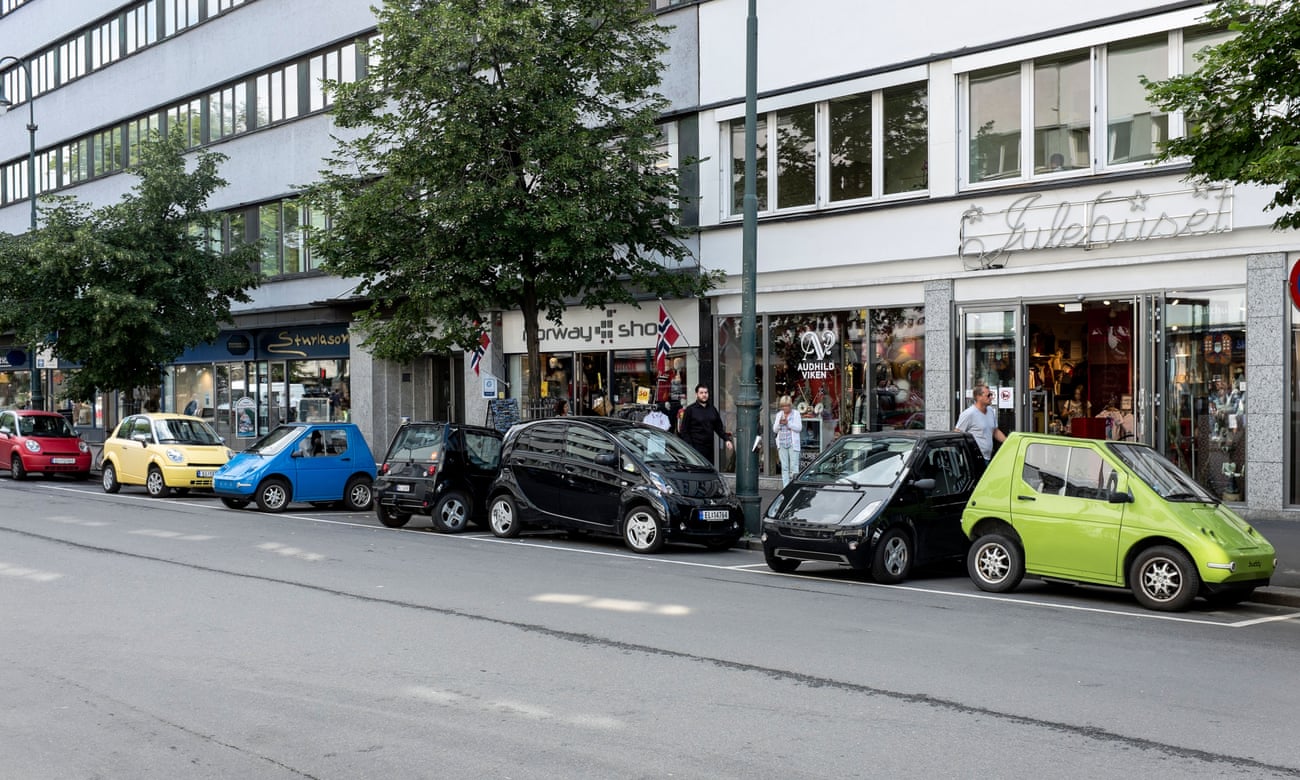With ambitious emissions-reduction targets, support from government and the car industry, electromobility is on the verge of major expansion in Europe, reports Yale Environment 360

Oslo, Norway’s capital, like most of the Scandinavian country’s cities and towns, boasts bus-lane access for electric vehicles (EVs), recharging stations aplenty, privileged parking, and toll-free travel for electric cars. The initiative began in the 1990s as an effort to cut pollution, congestion, and noise in urban centres; now its primary rationale is combating climate change. Today, Norway has the highest per capita number of all-electric [battery only] cars in the world: more than 100,000 in a country of 5.2 million people. Last year, EVs constituted nearly 40% of the nation’s newly registered passenger cars.
And the Norwegian experiment shows every sign of accelerating. Earlier this year, Norway opened the world’s largest fast-charging station, which can charge up to 28 vehicles in about half an hour. The country, joined by Europe’s No 2 in electromobility, the Netherlands, intends to phase out all fossil fuel-powered automobiles by 2025. Elon Musk, CEO of the US electric car company Tesla Motors, responded to Norway’s goal by tweeting: “What an amazingly awesome country. You guys rock!”
Norway is the clear electric vehicle pacesetter in Europe, which now has about 500,000 electric vehicles. China leads the world in EV usage, with about 600,000 all-electric vehicles on its roads and an ambitious plan to deploy 5m EVs by 2020. The US ranks third globally, with fewer than 500,000 EVs. But electric vehicle momentum is picking up in the US, as evidenced by the 400,000 people who have paid $1,000 to be on the waiting list for Tesla’s $35,000 Model 3 car.
Read more here.


















